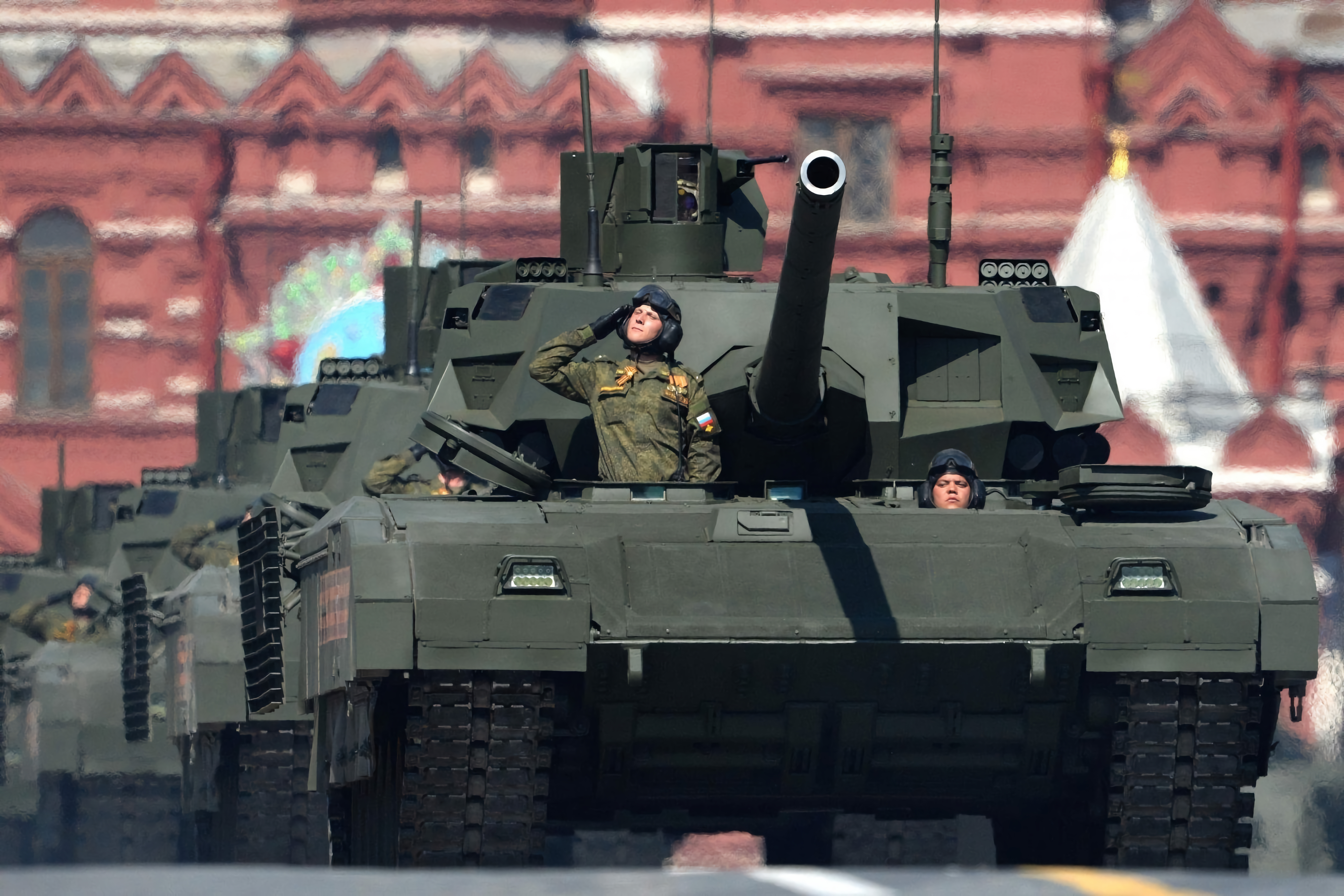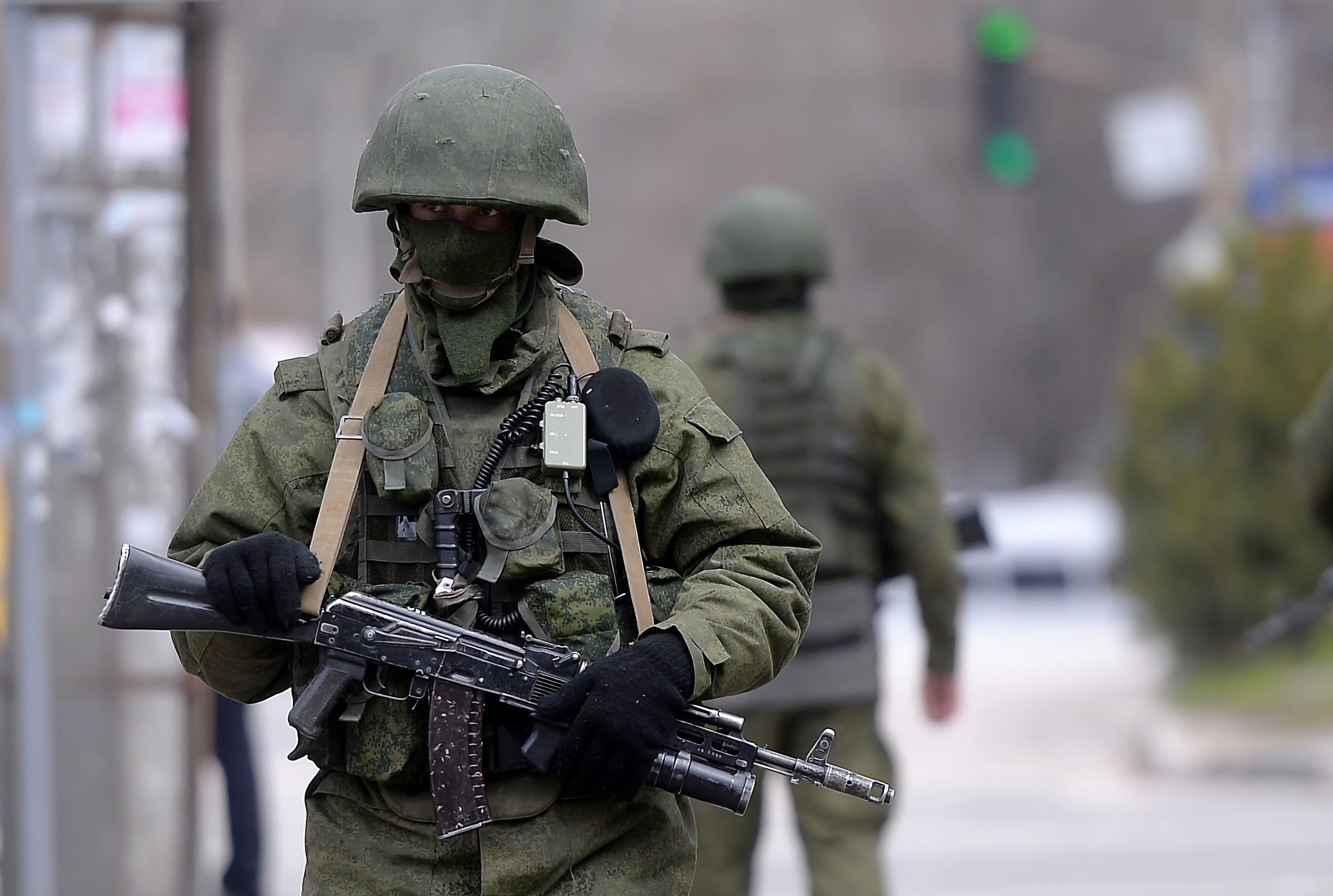


In a recent CBS News interview, National Security Advisor Jake Sullivan reaffirmed the United States’ long-term objective of integrating Ukraine into NATO.
During the program, Sullivan stated, “Ukraine’s future is in NATO. We meant it. That’s not up for negotiation” but he also conceded that “Having Ukraine come into NATO while the war is going on would mean that NATO was at war with Russia, it would mean the United States was at war with Russia. And neither NATO nor the United States were prepared to do that.”
An evaluation of US military doctrine over the past two decades only reinforces Sullivan’s position that neither the United States nor any NATO member is remotely prepared for a peer-to-peer confrontation with the Russian military.
In response to the September 11th terror attacks in New York City, the United States Congress passed the “Authorization for Use of Military Force” on September 18th, 2001, formally initiating the US-led “War on Terror.” At this juncture, the United States had to rapidly readjust their military doctrine; they had spent half a century developing arms and tactics specifically intended to counter the Soviet military and its Warsaw Pact allies. They had been psychologically preparing the American public for a “near peer” conflict, and they had not formally adopted any of the lessons learned in their war with Vietnam.
Today’s United States’ military counter-insurgency doctrine is a byproduct of the harsh reality that US service members faced in the subsequent weeks, months, and years occupying Afghanistan, culminating in the drafting and circulation of the “United States Government Counter-Insurgency Guide” in January of 2009. This document stresses, among many other topics, the importance of working with “affected governments” in the “promotion of their cause” and specifies that any conflict to which the United States pledges its support must develop a counter-insurgency plan that addresses the “political, economic, information, and security function” the United States intends to play in their operations.

The US counter-insurgency strategy has proven ineffective at combating insurgent struggles abroad, highlighted by the conditions US service members faced during their clumsy retreat from Afghanistan. However, this current military doctrine and posture, focused on “policing actions,” means that the United States is functionally incapable of fighting a peer-to-peer conflict with a developed nation such as the Russian Federation.
In conjunction with US counter-terrorism operations, US defense spending has focused on developing and maintaining a technological edge over its perceived adversaries, including the People’s Republic of China. This has come at the expense of conventional military functioning and defense.
In recent years, the Russian military has continued to modernize their aerospace defense and deterrent systems, including the development of new hypersonic weapons and a general modernization of its military. In this way, it has maintained a readiness posture against the adversarial advances of NATO while preserving its counter-insurgency role in nations like Syria. This is in sharp contrast the United States’ air defense systems, which are in a state of utter disrepair; it has been estimated by some S2 military intelligence officers that these systems can intercept incoming strikes at rates as low as 50 percent.
The United States military does not have a comprehensive plan ready to implement in response to war with Russia. Contingencies exist for a various situations; however, most of these pertain to small conflicts or significantly weaker regional adversaries. A war plan with the Russian Federation would require the United States to entirely mobilize and industrialize the country, a gargantuan task that cannot be undertaken after wartime operations have begun. Such a total mobilization must be initiated well in advance, and is often the clearest indicator of conventional warfare on the horizon.
The closest indication of mobilization thus far is the recent activation of many “Individual Ready Reserve (IRR)” soldiers to active duty and their deployment to Europe. But this is likely to supplement the soft-power imperialist approach the United States military is already taking in Eastern Europe and does not in fact constitute a massive shift of military doctrine.

United States foreign policy, military posturing, and the narratives being parroted by mainstream media outlets demonstrate clearly that the United States continues to operate a proxy war in Ukraine in a manner similar to how it would fight a counter-insurgency. This will continue to prove ineffective, as the Russian military is not an insurgent force. US taxpayer dollars will not be able to change the objective reality that the Russian military is better-trained and has better internal morale than the morally-bankrupt Ukrainian Armed Forces could ever muster. US military assets will continue to be destroyed as they are fielded by poorly trained Ukrainian conscripts; by the time US Defense Department officials realize this reality, it will be far too late to re-posture their approach to the Ukraine conflict.